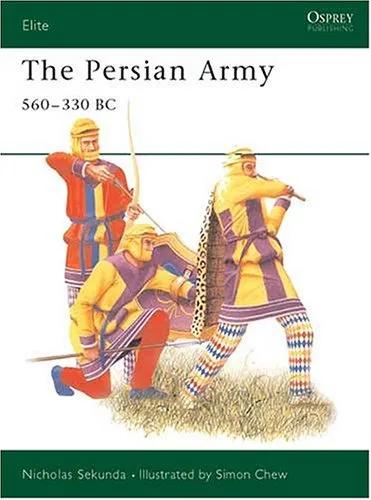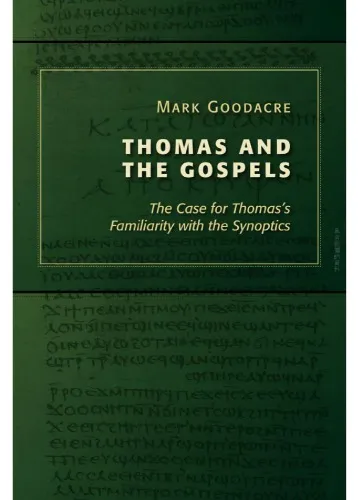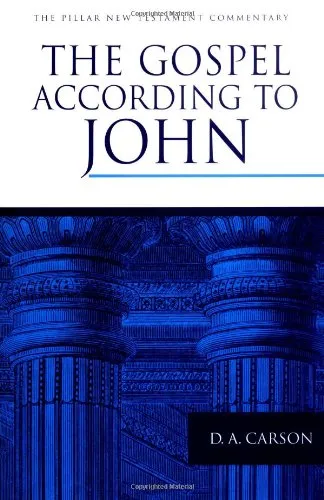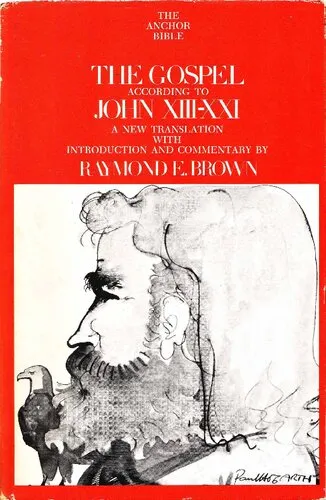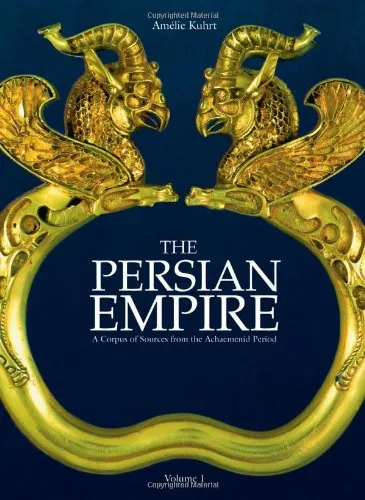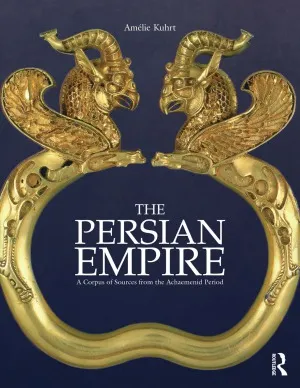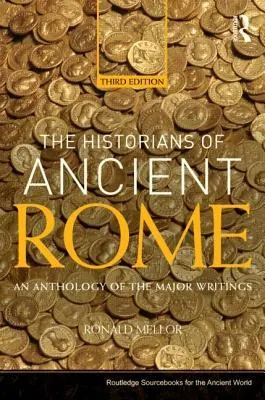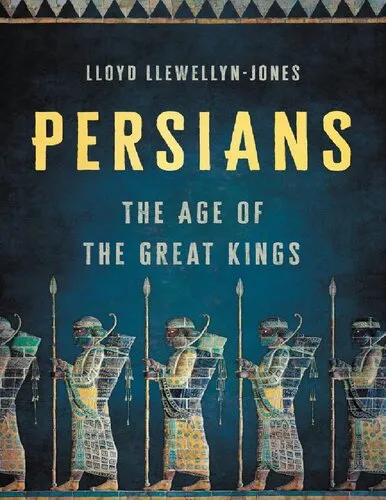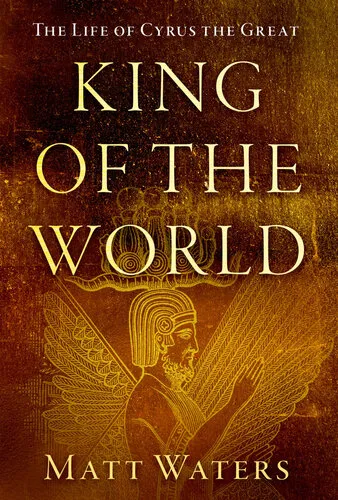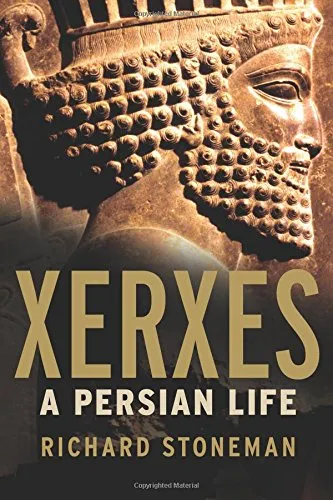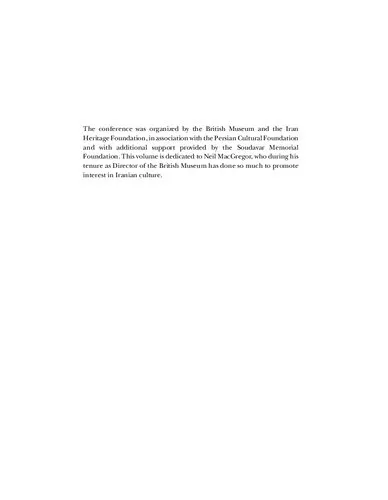Persian Army 560-330 Bc
4.0
Reviews from our users

You Can Ask your questions from this book's AI after Login
Each download or ask from book AI costs 2 points. To earn more free points, please visit the Points Guide Page and complete some valuable actions.Related Refrences:
Persian Summary
Introduction to 'Persian Army 560-330 BC'
The book "Persian Army 560-330 BC" offers an in-depth exploration into the military forces of the Persian Empire during the pivotal era marked by the ascendance and decline of one of history's greatest empires. Authored by Nicholas Sekunda and Simon Chew, this book provides a comprehensive account of the Persian Army in the context of its historical significance, organizational structure, and the strategic methodologies that allowed it to become a formidable power across Asia, Africa, and into Europe.
Detailed Summary of the Book
This book captures the essence of the Achaemenid Empire's military might, dissecting its influences, innovations, and operations from 560 BC to the empire's demise in 330 BC. Sekunda and Chew meticulously detail how the Persian Army, renowned for its engineering feats, logistical mastery, and diverse composition, was more than just a battlefield force – it was a central pillar of the Persian imperial structure. The narrative highlights the key reforms introduced under the reigns of notable emperors such as Cyrus the Great, Darius the Great, and Xerxes. The text also examines the administrative mechanisms, ranks, and strategic doctrines that contributed to the army's successes and failures.
Key Takeaways
- The Persian Army was instrumental in establishing one of the largest empires in history, providing a template for military strategy and organization.
- Diversity within the army was pivotal; troops were drawn from all corners of the empire, each bringing their distinctive skills and combat tactics.
- The Persian approach to warfare extended beyond the battlefield, incorporating diplomacy, infrastructure, and psychological strategies.
- The eventual downfall of the Persian military can be attributed to internal strife, overextension, and the lack of innovation against better-organized forces like Alexander the Great's Macedonian army.
Famous Quotes from the Book
"The Persian Army was a tapestry of cultures, echoing the vast expanse of an empire that stretched from the Indus Valley to the fringes of Greece."
"In the heart of Persia's military machine lay an unmatched logistical prowess; a triumph of organization over chaos."
Why This Book Matters
"Persian Army 560-330 BC" is not just a historical recount but a deep insight into the mechanics of one of history's great armies, providing readers with a richer understanding of ancient warfare dynamics. It encapsulates the essence of Persian culture and governance, showing how these elements combined to forge a military legacy that would be studied and admired by many succeeding generations. The book serves as a crucial reference for historians, military enthusiasts, and anyone interested in the cultural and tactical sophistication of the ancient world. By studying the Persian Army, one gains valuable lessons on the impact of leadership, innovation, and the integration of diverse cultural practices into a coherent, effective force.
Free Direct Download
You Can Download this book after Login
Accessing books through legal platforms and public libraries not only supports the rights of authors and publishers but also contributes to the sustainability of reading culture. Before downloading, please take a moment to consider these options.
Find this book on other platforms:
WorldCat helps you find books in libraries worldwide.
See ratings, reviews, and discussions on Goodreads.
Find and buy rare or used books on AbeBooks.
1419
بازدید4.0
امتیاز0
نظر98%
رضایتReviews:
4.0
Based on 0 users review
Questions & Answers
Ask questions about this book or help others by answering
No questions yet. Be the first to ask!
